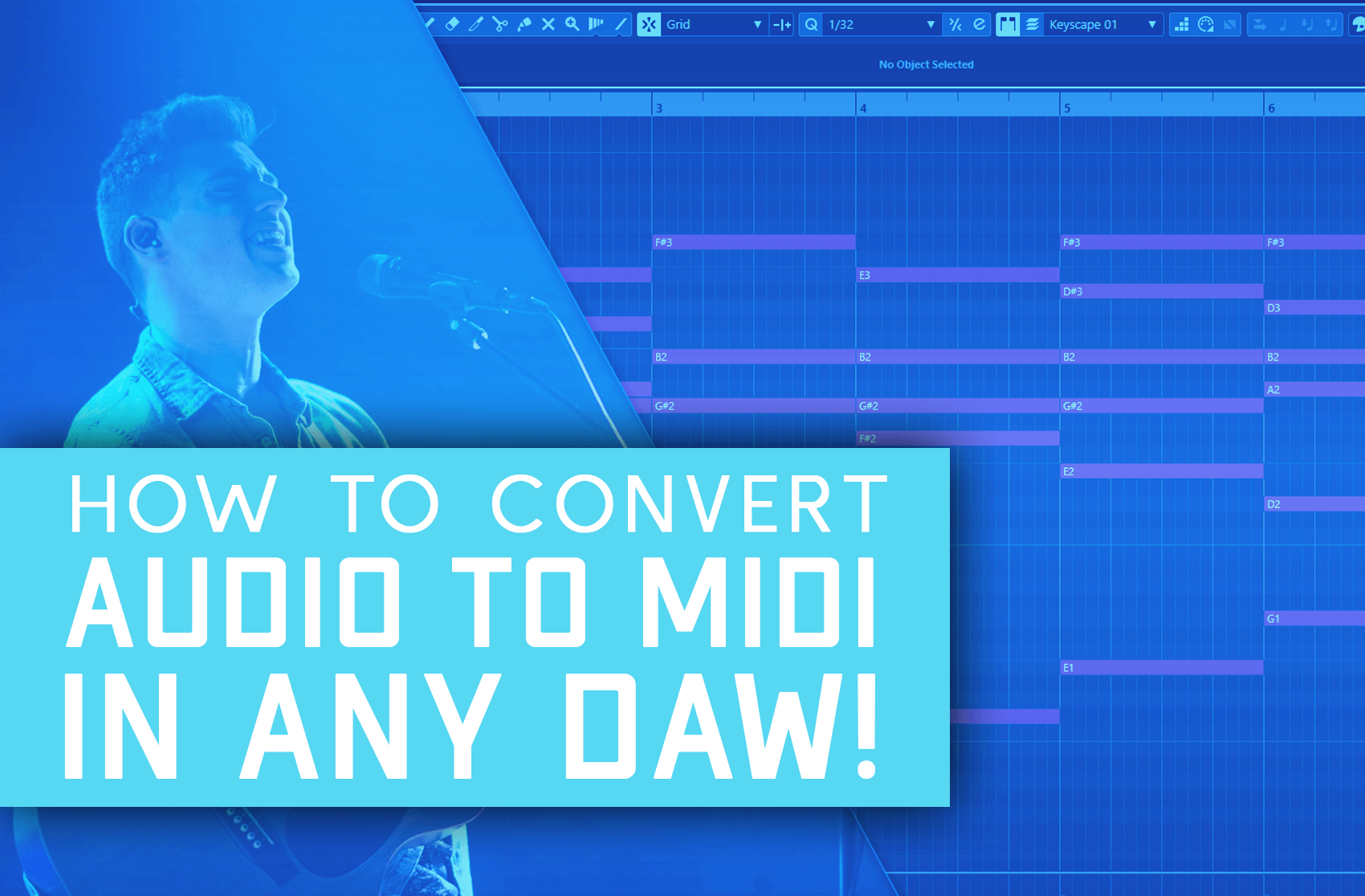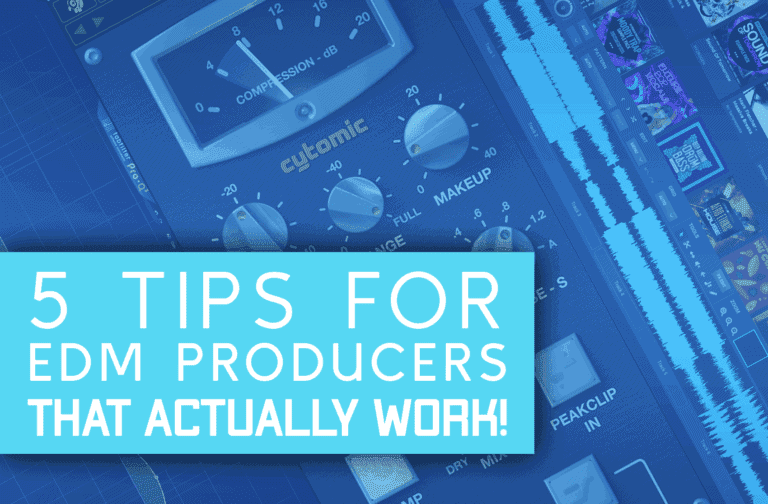Converting audio files to midi information can be an incredibly useful tool for your audio production sessions. You can use this technique to extract rhythmic or melodic content from an audio sample that you can then edit or repurpose.
For example, you could extract the notation from a vocal hook, rearrange it and apply that notation to a synth or other instrument. Converting audio to midi is also wonderful if you wish to pull apart someone’s compositions for study or practice.
Today I’m going to show you how to convert almost any audio into midi information to use on your compositions. I’ve provided a simple breakdown of how to do such across most of the basic DAWS, as well as just by using your ear.
It should be noted that I use these techniques on drum breaks, vocal hooks, chord progressions, and mostly organic instruments. These conversions generally work on solo-ed instruments, as it’s nearly impossible to precisely extract all the midi information from an entire mix.
How To Convert Audio To Midi By Hearing
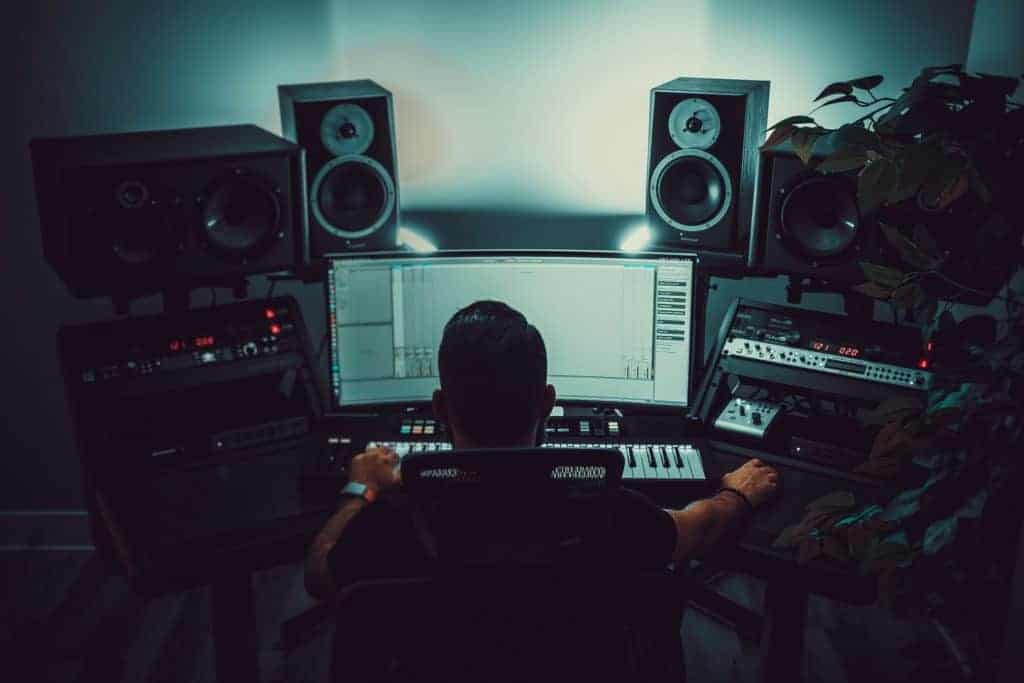
This method is by far the most extensive on the list, and also the most tedious. However, integrating this skill into your production game will definitely give you a musical advantage as it trains you to be a better listener.
- Solo the instrument that you would like to extract midi from. For this example, I’m going to use a synth lead line.
- Try to play along with the part using a midi piano or other simple instrument. You can slow the song down if the part is too complex.
- Once you’re able to perform the piece you need, simply record a take-off you playing alongside the soloed instrument.
- Open up your piano roll at the bottom of your DAW and you should be able to see each note that you’ve played mapped out for you to tweak and rearrange. You can use the piano roll to fix any mistakes you might have made while recording.
How To Convert Audio To Midi In FL Studio
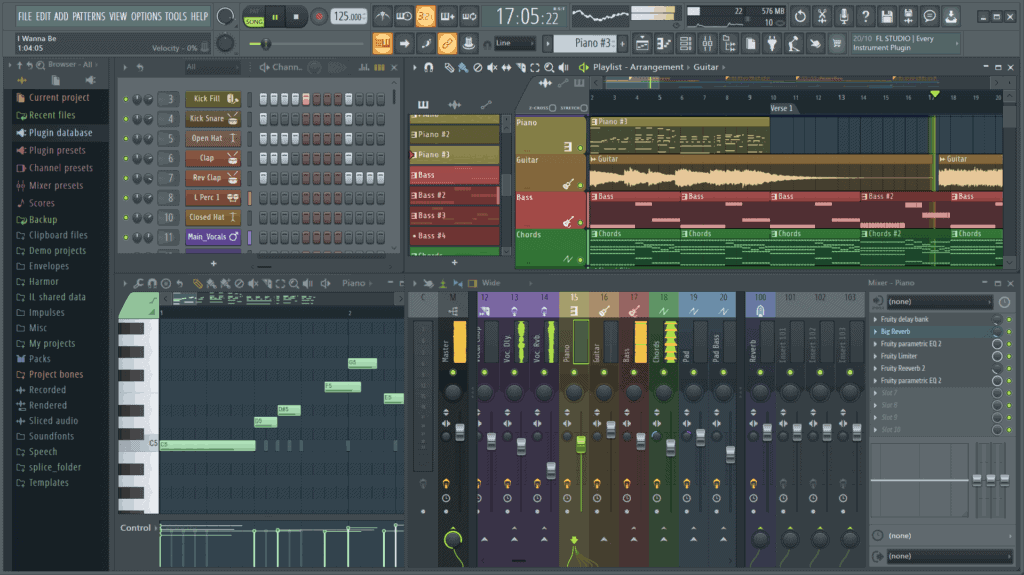
- Drag and drop the audio that you want to extract into a track in arrangement mode.
- Left-click on the corner of the sample to reveal a dropdown menu. Select the ‘Edit sample’ option under the Sample section in this menu.
- This action will open up Edison, which is FL Studio’s audio sample editing tool. Select the relative pattern and channel that you would like your notes to appear in.
- Right-click anywhere on the sample in Edison and another dropdown will appear. Select ‘Convert to score and dump to Piano Roll’ under the Tools section.
- The notes of the selected audio should now appear on a fresh piano roll in a new track for you to utilize.
How To Convert Audio To Midi In Cubase
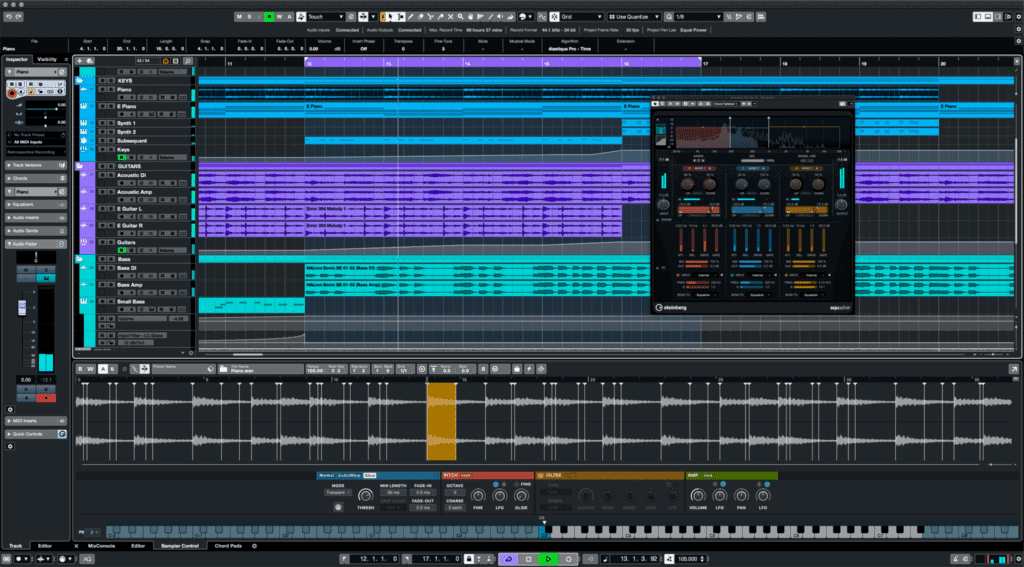
- Drag and drop the audio that you want to extract into a track in arrangement mode.
- Double click on the sample to open up the primary sample editor used in Cubase.
- On the left-hand side of this window, you should find a menu with a few tabs. Select ‘Edit Variaudio’ under the Variaudio tab.
- Your audio should immediately be converted to a piano roll with all the notation laid out for adjustments. Click on the Functions tab and select ‘Extract Midi’ in the dropdown.
- The Variaudio menu also has a handful of quick editing tools like pitch quantization and curve straightening that you can use to further adjust your midi conversion.
How To Convert Audio To Midi In Ableton
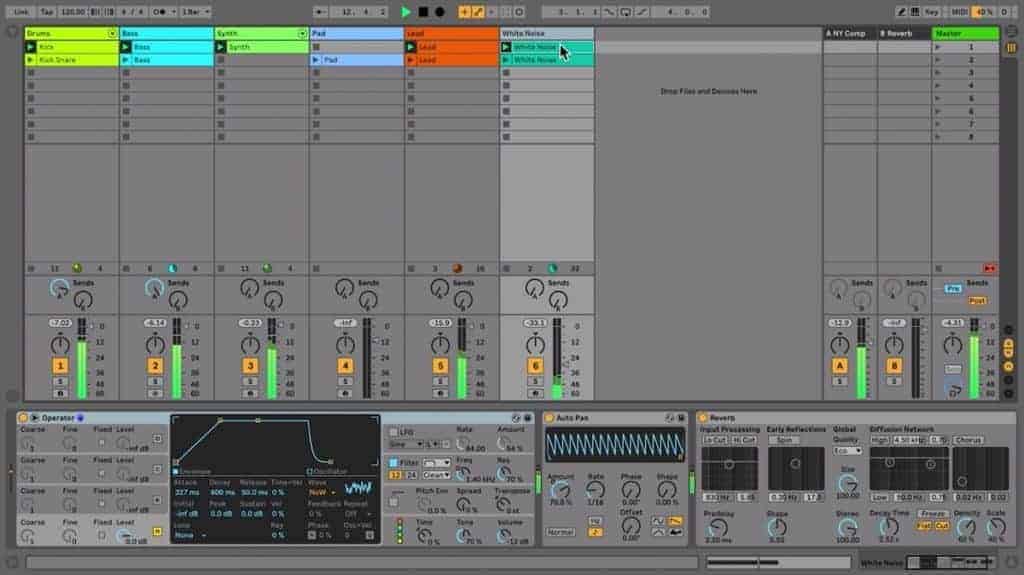
- Drag and drop the audio that you want to extract into a track in arrangement mode.
- Right-click on the sample to bring up a dropdown menu. Select the Convert Audio To Midi option in this dropdown menu.
- There are three conversion options to select from in Ableton: Melody (for monophonic sounds), Harmony (for chords), and Drums. Select the option relative to the file you’re converting.
- Ableton will turn the audio channel into a midi track with your notes laid out on a piano roll for adjustments or tweaking.
How To Convert Audio To Midi In Logic Pro

- Drag and drop the audio that you want to extract into a track in arrangement mode.
- Either double click on the desired sample or press E on your keyboard to open up the sample editing tool.
- At the top-left-hand side of the editor, you’ll see a DNA-shaped symbol for Flex Pitch. Turn this setting on before converting your audio. You should see some blue square-shaped notes around the transients of your audio sample.
- Click on the Edit tab at the top-left corner of the editor’s window. Select Create Midi Track from Flex Pitch data.
- Logic will create a new channel with your converted midi files laid out on a piano roll for you to edit and adjust.
How To Convert Audio To Midi In Pro Tools
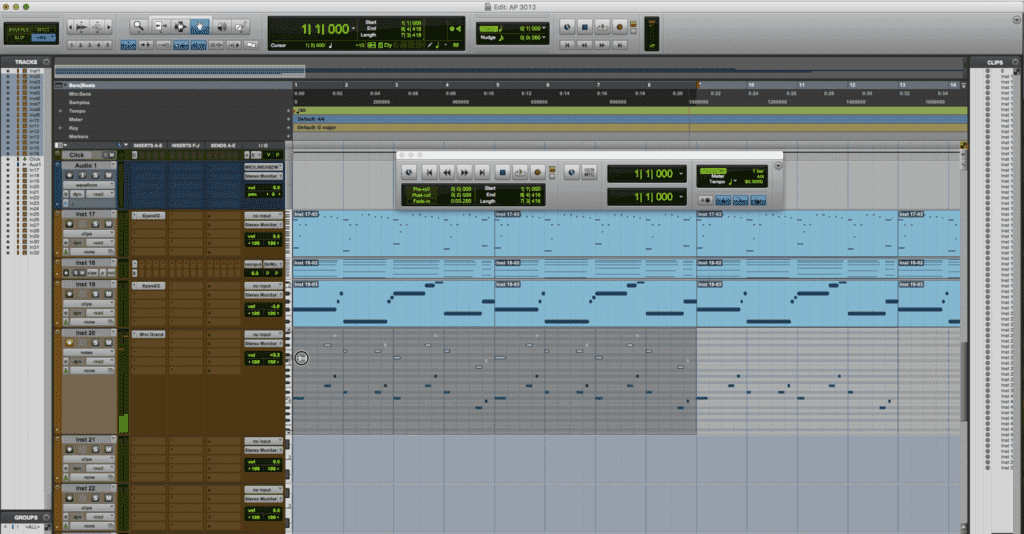
- Drag and drop the audio that you want to extract into a track in arrangement mode.
- Create a new stereo track for the audio you want to be converted. Drag the audio you want to convert into this new stereo track.
- An Audio to Midi menu should pop up at the center of the screen. There are various conversion options in this menu – ranging from percussive and melodic to polyphonic and universal. Select the most appropriate option for your audio file.
- Your audio will be converted to a new midi channel where you can select an instrument to apply the notation to.
Final Thoughts
Converting audio to midi is a relatively new tool in the world of mixing and producing. You’re not always going to get the most accurate conversions all the time, but more often than not you can capture the crucial musical parts of a sample.
Midi information can also be used for other exciting performance-based techniques like triggering and automation, so I highly encourage you to explore all the possible midi functions your DAW provides.
Do you want to learn a bit more about how to improve your production game? Check out our quick guide on How To Mix Your Beats in 6 Steps. We’ve laid out some pretty simple and handy tips and examples that should give a healthy boost to your mixing skills. Thanks for reading through our guide on How To Accurately Convert Audio To Midi.

